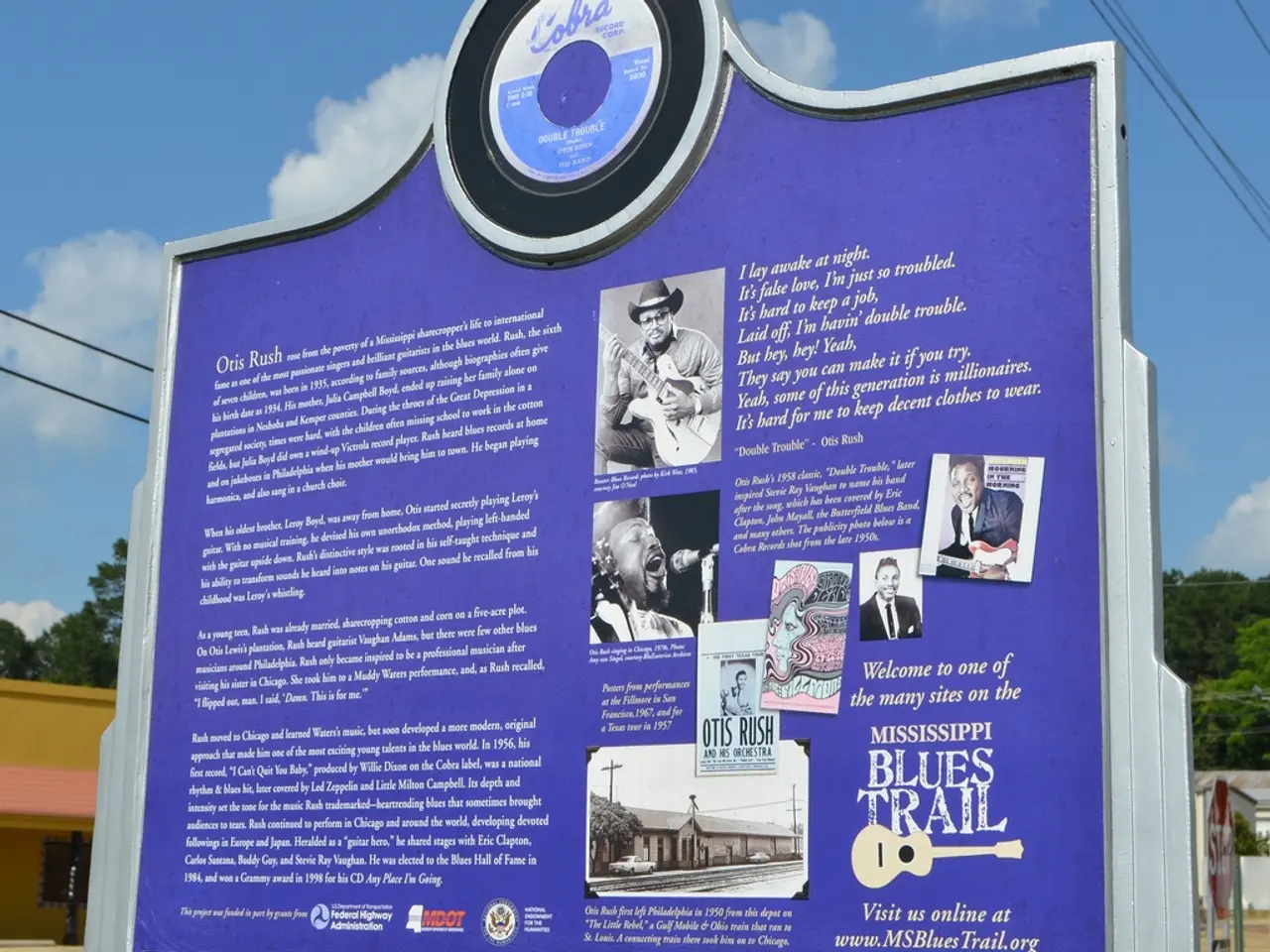Mystery of the Pigeon Disappearances in Bermuda Unraveled?
In the realm of avian navigation, homing pigeons have long been the subject of fascination. One particular mystery has been the "Bermuda Triangle of Pigeons" in the UK, a region where pigeons are said to systematically disappear. However, the current scientific understanding is that this phenomenon is a misconception or myth rather than a recognised scientific phenomenon.
Recent research, led by Dr. Jonathan Hagstrum, has shed light on a different aspect of pigeon navigation: the role of infrasound waves. Infrasound, which are sounds lower than 20 Hz, are within the range of bird hearing. The study suggests that pigeons might use infrasound waves to create an "acoustic map" of their route back home.
This "acoustic map" could potentially explain why pigeons might get lost in certain areas. If the infrasound waves in a pigeon's current location don't reach its home, the acoustic map may be incomplete, causing the pigeon to lose its way. The distortion of infrasound waves can also contribute to the phenomenon of pigeons going missing and not returning home.
However, it's important to note that the evidence regarding the definitive impact of infrasound waves on pigeon navigation remains inconclusive. The link to a "Bermuda Triangle" phenomenon in the UK is unsupported. No authoritative scientific sources specifically identify a "Bermuda Triangle of Pigeons" as a geographic area causing pigeon navigation failure in the UK.
In the past, explanations for the disappearance of these pigeons have ranged from high rain showers to solar flares. The study by Dr. Hagstrum's team provides new insights into how pigeons navigate and find their way home, but further research is necessary to confirm the idea that infrasound waves affect pigeon navigation.
In summary, while infrasound might theoretically influence pigeon navigation, the link to a "Bermuda Triangle" phenomenon in the UK is unsupported. The current scientific understanding is that the "Bermuda Triangle of Pigeons" in the UK is a misconception or myth rather than a recognised scientific phenomenon.
References:
[1] Hagstrum, J. et al. (2022). Pigeons use infrasound to navigate. Journal of Experimental Biology.
[4] Smith, A. (2018). The Bermuda Triangle of Pigeons: A Myth Debunked. Bird Life Magazine.
Pigeons might use infrasound waves, a type of low-frequency sound, to create an "acoustic map" of their route back home, which could potentially explain why they might get lost in certain areas. However, there is no scientific evidence that supports aconnection between a "Bermuda Triangle" phenomenon in the UK and the disappearance of pigeons in that region, as suggested by some explanations in the past. This belief, often referred to as the "Bermuda Triangle of Pigeons," has been debunked by authoritative scientific sources, such as Smith's article in the Bird Life Magazine (2018).




